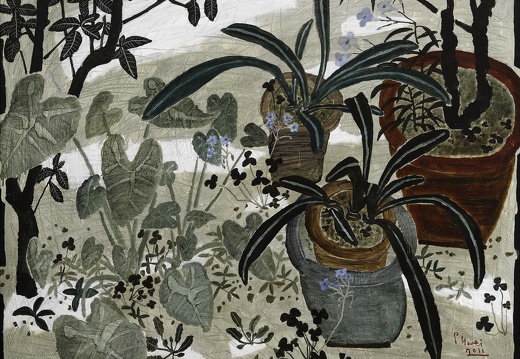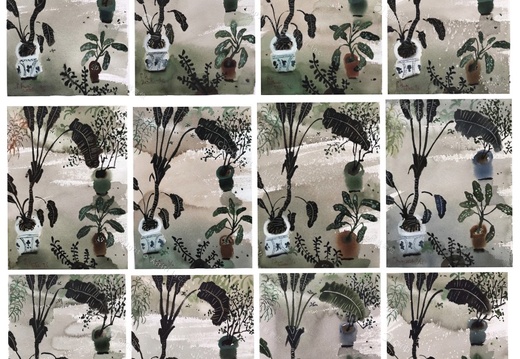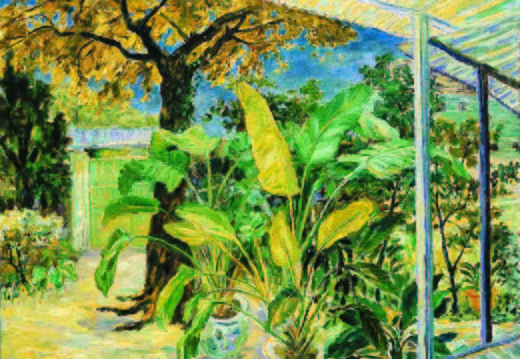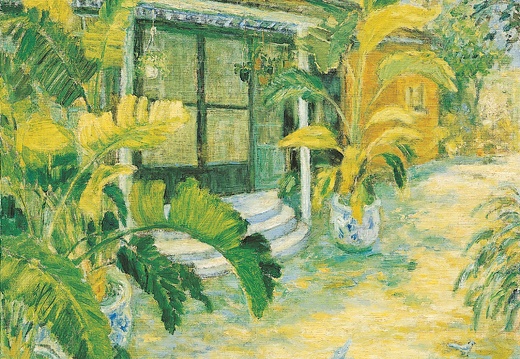
Early Artworks
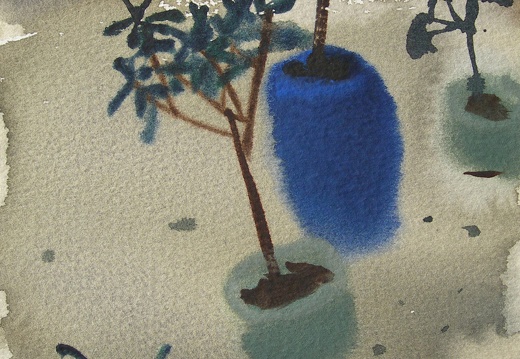
Courtyard - In Watercolor
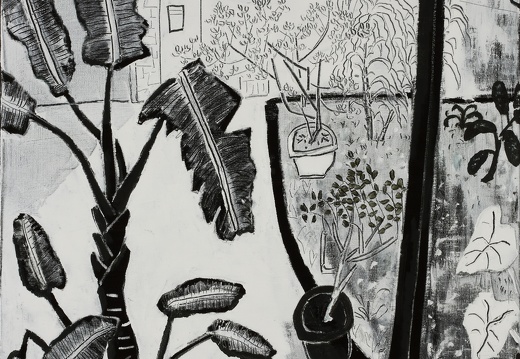
Black and White
Simply speaking, the series originates from my fancy of fountain pen sketches. Also, I aim to facilitate the representation of oil-painting, and to create interest which is approximate to a manuscript's.
Dong Shaw-Hwei
Spring 2009, courtyard in Taipei. Creation Concept
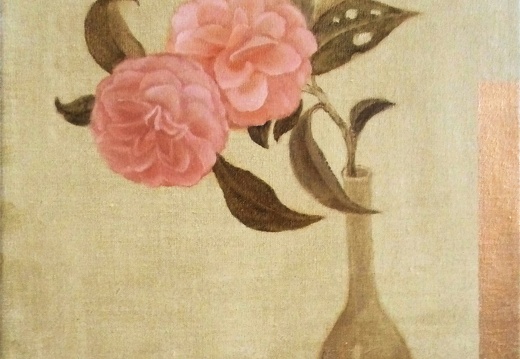
Imitate the Ancient Painting Style
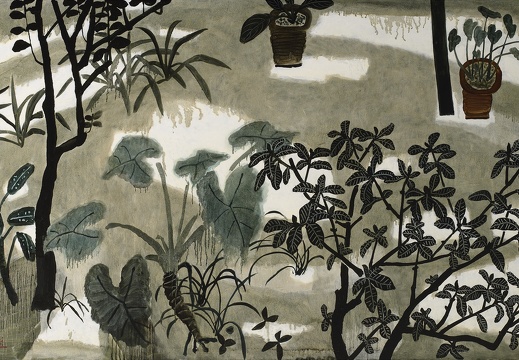
Multiple Canvas Artworks
A state of continuous creation proliferates a variety of styles.Basically, it is a successive sort of research which broadens the results of a certain aesthetic theme. In my present stage, the mode of expression for my continuous creation is to piece a series of paintings together, from two pieces to six pieces.
The purpose of piecing together my works is to exercise their capacity for different structure. I aim to develop my theme of the courtyard expressed through scroll and album formats as in Chinese painting. Any piece can be viewed individually, but piecing them together will form a more continuous and perhaps enticingly fresh structure. It is my hope to express a harmonious cadence and rhythm that exists naturally in my work.
Beholders may be inspired by the transitions of spatial and time relations in these series progressions. Also, the courtyard theme begets tranquility and solace that comes from it's natural forms.
Dong Shaw-HweiSpring 2010 at Taipei Municipal University of Education
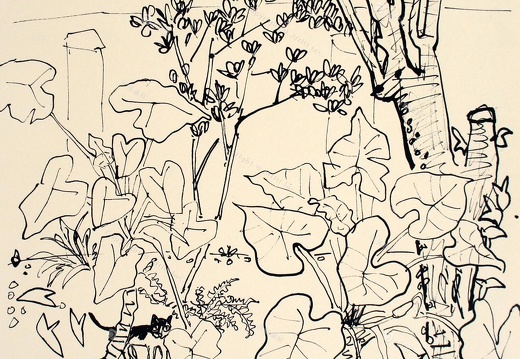
The Line Drawing Series
Dong Shaw-Hwei. (1962- )
Summer, September 2010 at Taipei Municipal University of Education
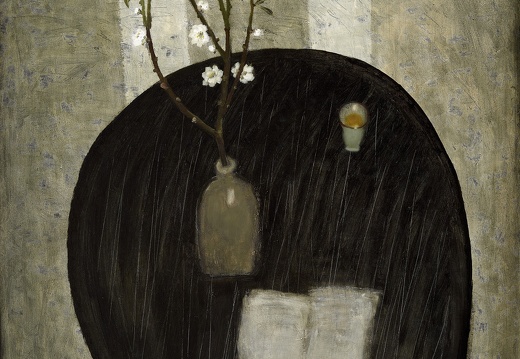
Black & White Table
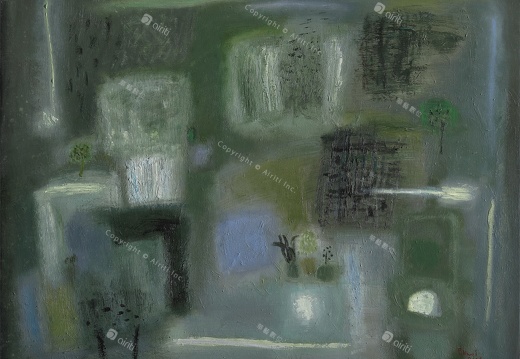
Abstract Series
